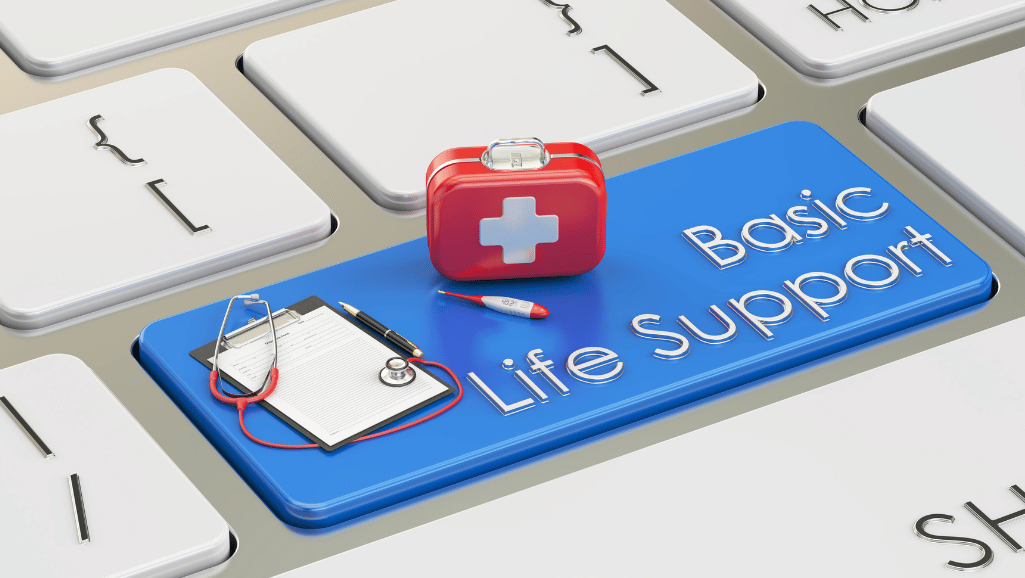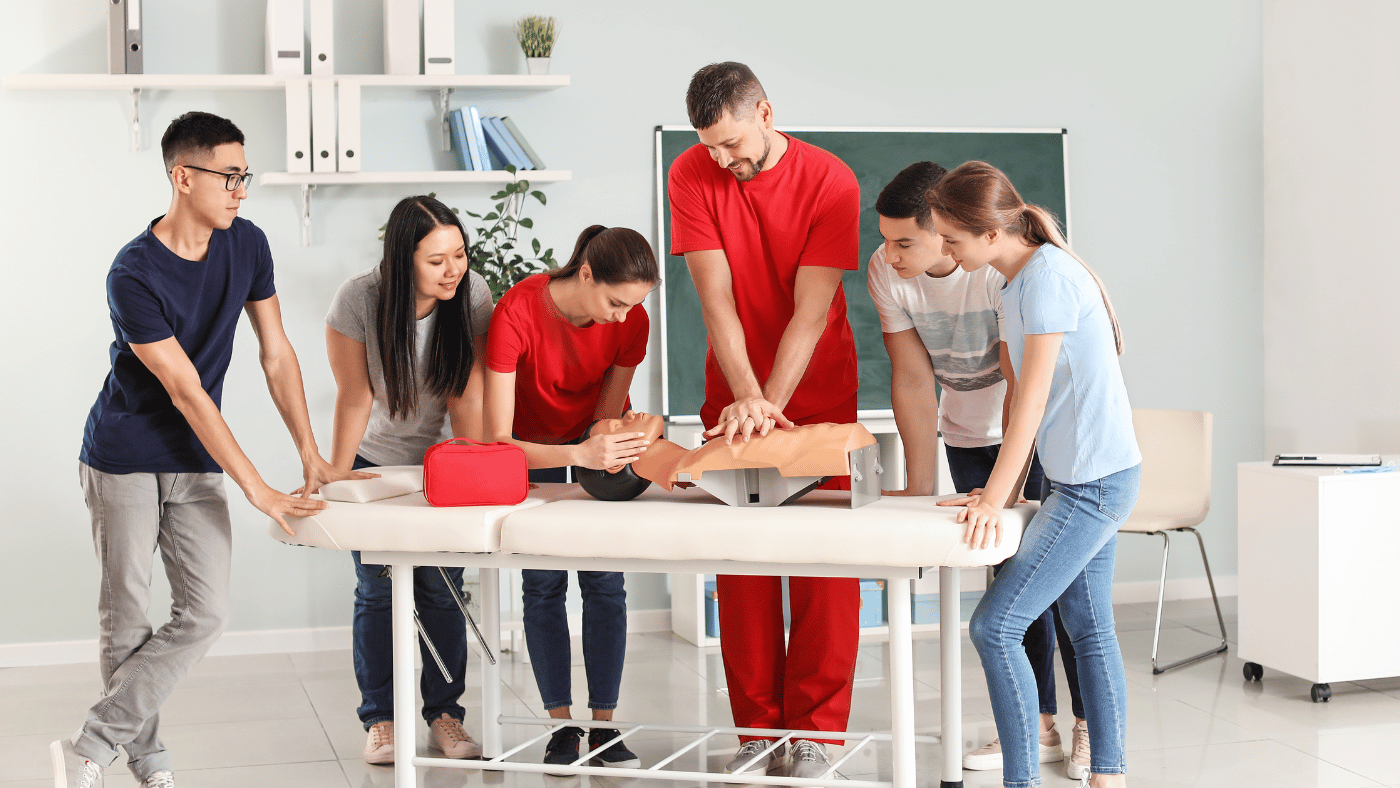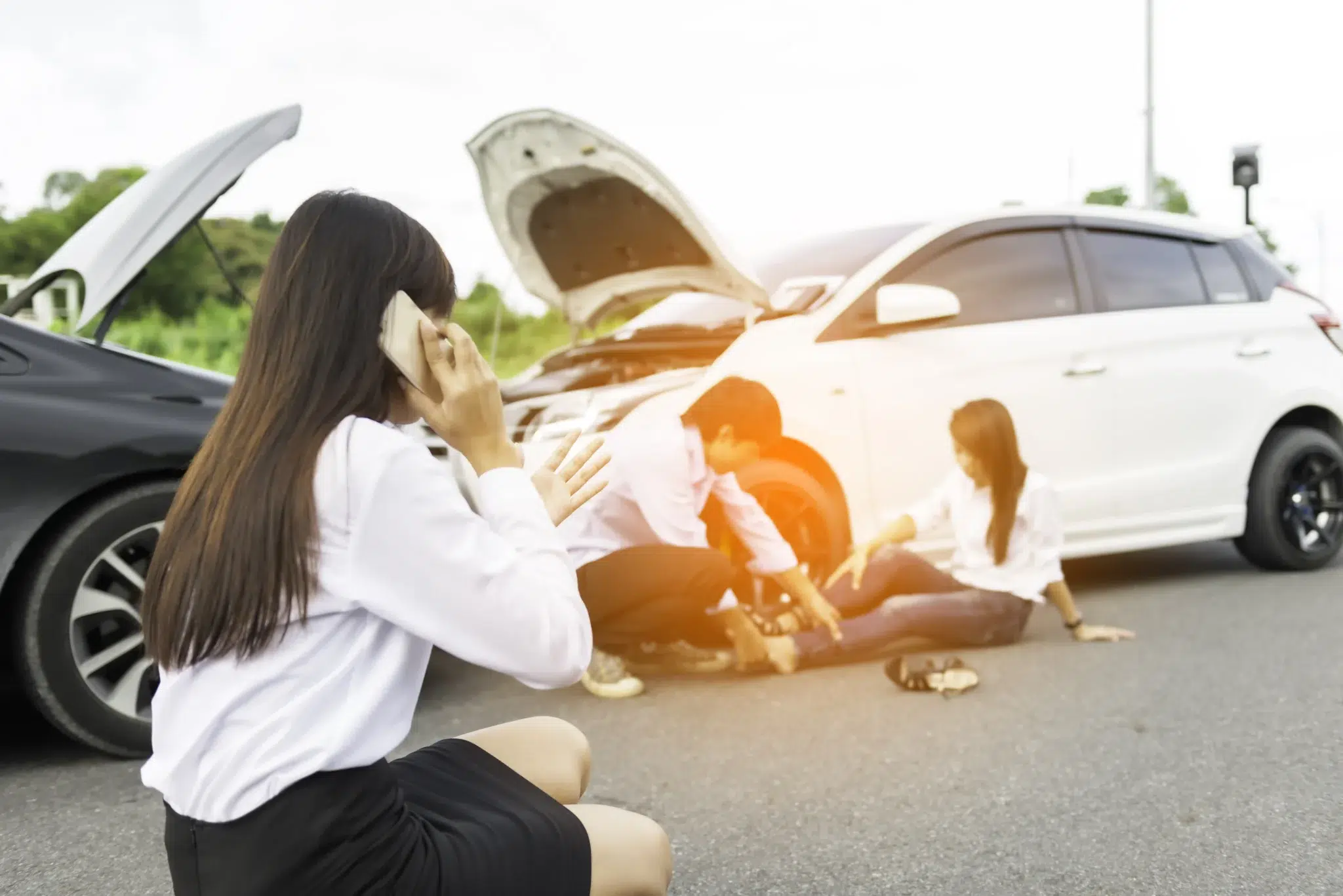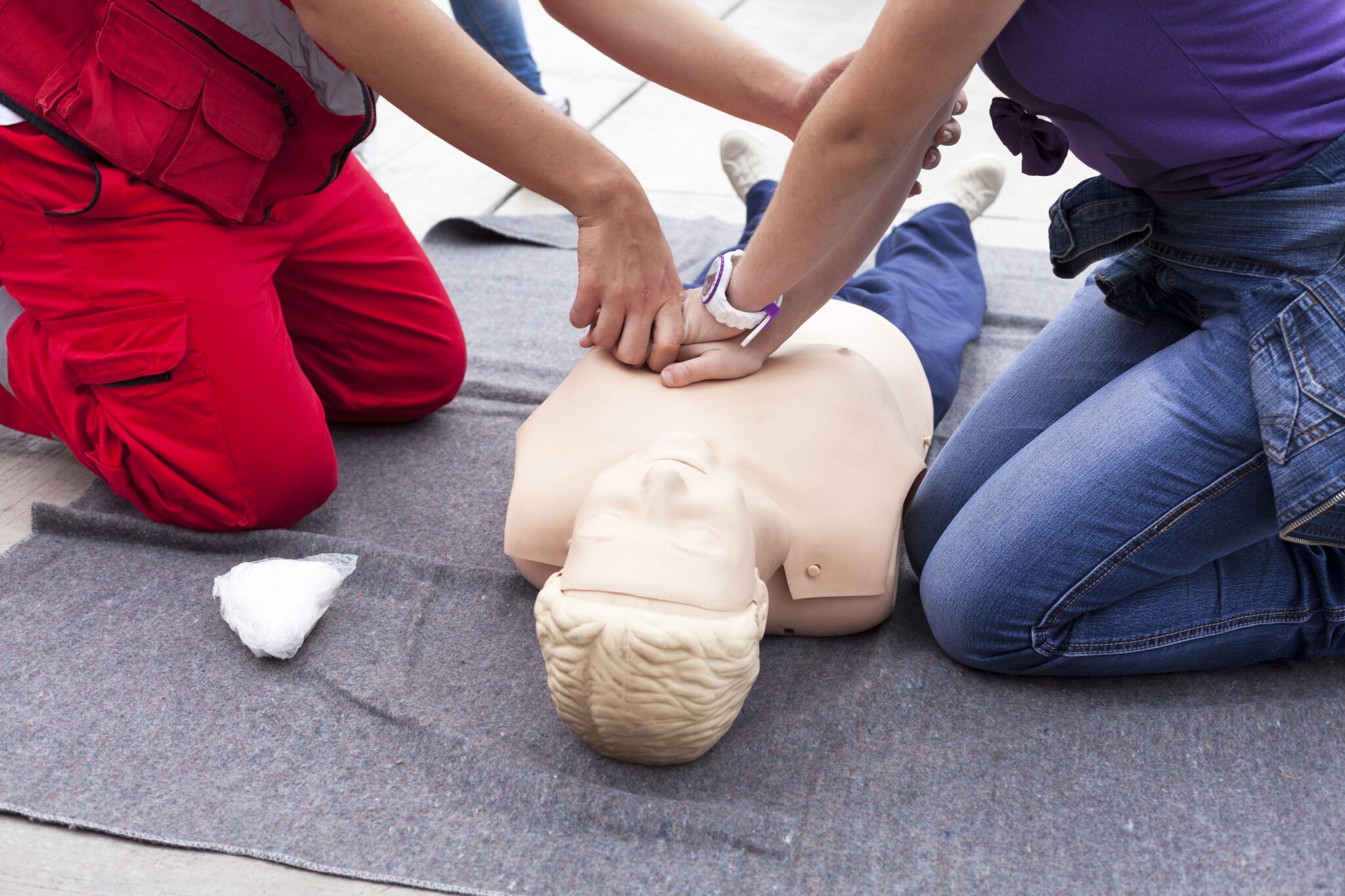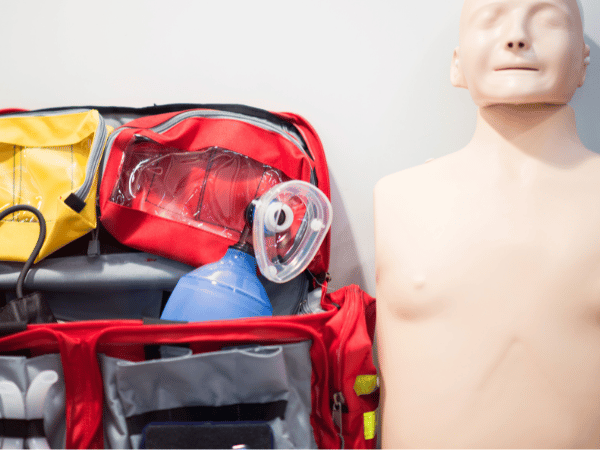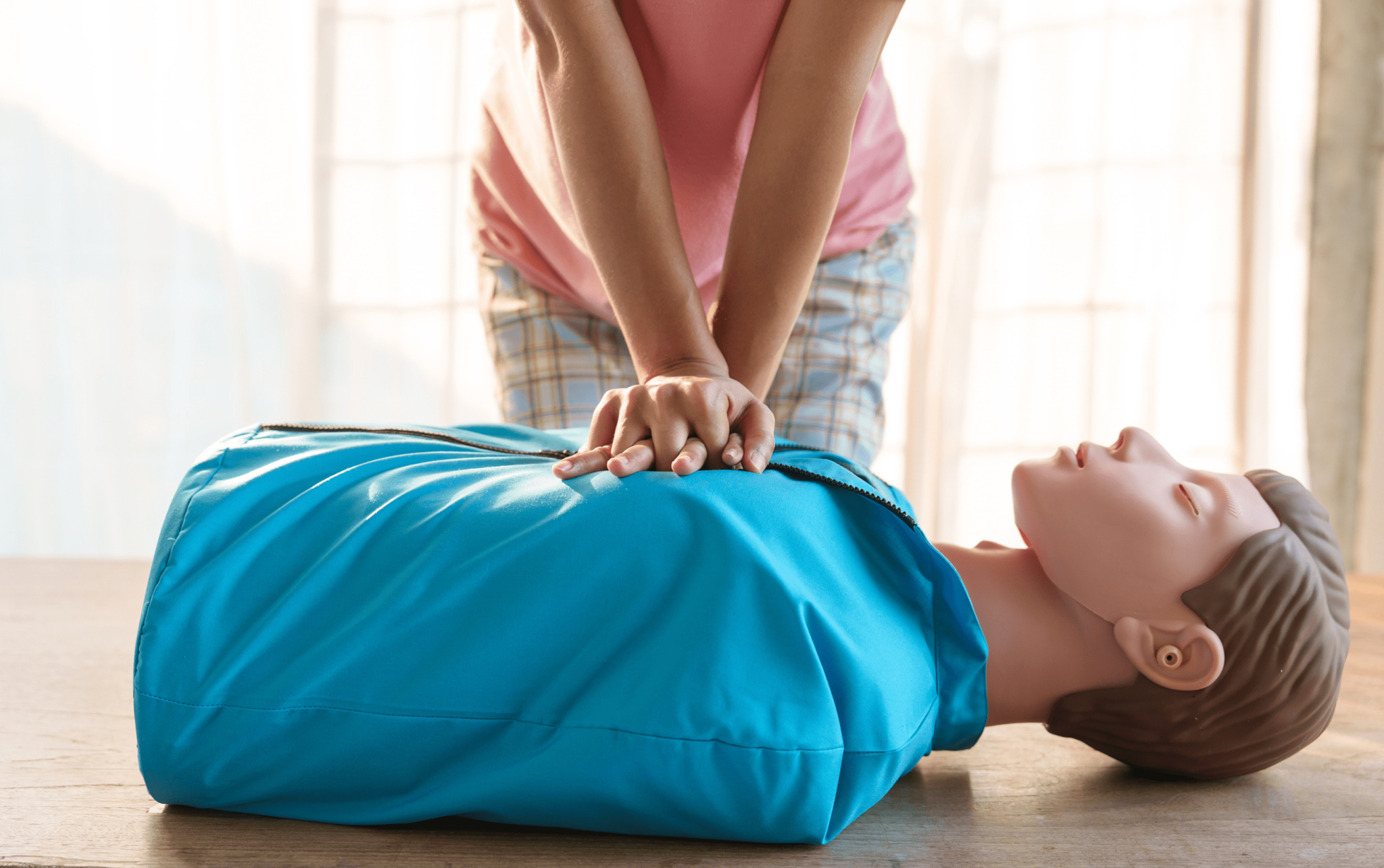If you’re a healthcare professional or someone responsible for emergency response, maintaining an up-to-date Basic Life Support (BLS) certification is non-negotiable. BLS certification equips you with essential skills like CPR, using an AED, and helping individuals during cardiac or respiratory emergencies.
But how long does your BLS certification last? And what happens when it expires? Let’s break it down.
What is BLS Certification?
Basic Life Support (BLS) certification validates your ability to provide immediate lifesaving care to individuals experiencing cardiac emergencies, choking, or other critical situations. The training covers key skills such as:
- Performing high-quality CPR for adults, children, and infants.
- Using an Automated External Defibrillator (AED).
- Applying relief techniques for choking.
- Operating as part of an effective rescue team.
BLS certification is a requirement for many healthcare roles, but others in public safety, like police officers and firefighters, also benefit from this training. It’s more advanced than standard CPR training, preparing recipients to act in more complex scenarios.
Who Needs to Keep BLS Certification Current?
BLS certification is often mandatory for professionals in the healthcare and emergency response sectors. This includes:
- Healthcare Providers (e.g., doctors, nurses, EMTs, dentists)
- Public Safety Professionals (e.g., police officers, firefighters)
- Support Staff in medical environments (e.g., physical therapists, administrators)
- Safety Managers in corporate or industrial settings
Even individuals outside these fields, such as school staff or fitness trainers, may pursue BLS certification for added preparedness during emergencies.
How Long is BLS Good for?
Most BLS certifications are valid for two years from the date of issuance. This two-year period ensures you remain up-to-date with the latest medical guidelines and practices for CPR, AED usage, and more.
It’s worth noting that some employers may have specific policies regarding BLS validity, requiring you to renew certifications earlier. Always confirm requirements with your employer to maintain compliance.
Why Does BLS Certification Expire?
BLS certification doesn’t last indefinitely because lifesaving guidelines and techniques evolve over time. Advances in medical research often lead to updates in CPR protocols, technology use (e.g., newer AED models), and team dynamics for emergency responses.
Renewal ensures professionals remain:
- Up-to-Date with Industry Standards: Healthcare organizations and accreditation bodies frequently revise recommendations.
- Confident and Competent: Periodic training reinforces skills, reducing hesitation during emergencies.
- Ethically and Legally Compliant: Using outdated methods may lead to errors, making renewal critical for protecting patients and avoiding liability.
Why Staying Certified Matters
A current BLS certification can make a tangible difference in critical situations. Staying certified demonstrates your:
- Commitment to Excellence: Employers, colleagues, and patients trust professionals who prioritize continuous improvement.
- Readiness to Save Lives: Knowledge of current best practices enhances survival rates in emergencies.
- Employability: Active certification is a non-negotiable requirement for many healthcare roles.
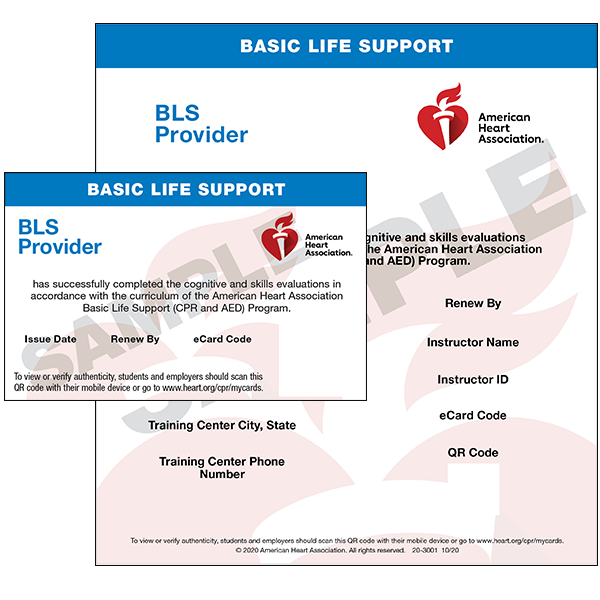
How to Check Your BLS Expiration Date
Not sure when your certification expires? Here’s how to check:
- Review Your Certification Card: Look for the expiration date printed on your issued card.
- Sign into Your Provider’s Website: Organizations like the American Heart Association (AHA) allow users to access their digital records online.
- Contact Your Training Provider: Reach out to the institution where you completed your course for confirmation.
Set a reminder at least 60 days before expiration to ensure on-time renewal.
What Happens if Your Certification Expires?
Allowing your BLS certification to lapse can lead to several challenges:
- Full Course Requirement: Some organizations require you to retake the entire certification course instead of a shorter renewal option.
- Professional Non-Compliance: Employers might prohibit you from working until your certification is renewed.
Renewing your BLS credential before it expires helps you avoid workplace disruptions and additional training costs.
How to Renew Your BLS Certification
Renewal is a straightforward process. Follow these steps:
- Enroll in a Renewal Course: Sign up with an accredited provider like the American Heart Association or ACLS Medical Training.
- Complete the Course: Most renewal courses take just a few hours and include a combination of lectures, interactive sessions, and hands-on practice.
- Pass Skills Assessments: You’ll demonstrate proper CPR techniques, appropriate AED use, and other lifesaving actions.
- Receive Your New Card: Once completed, your certification card will reflect a new two-year term.
Options like online blended courses can make renewal more convenient for busy professionals.
Where Can You Renew Your BLS Certification?
You can renew your BLS certification at any AHA-accredited training center. These organizations follow strict standards set by the AHA to ensure quality and consistency in their courses. If you are in one of the cities near Northern California, Safety Training Seminars is the place to go. They offer both in-person and online training options, making it easy to renew your certification as needed.
How Can You Stay On Top of BLS Certification Expiration Dates?
Maintaining a valid certification amidst a busy schedule is simple with these tips:
- Set Reminders: Use your phone’s calendar or a task management app to alert you in advance.
- Confirm Employer Policies: Understand renewal expectations to avoid surprises.
- Track Certifications in One Place: Digitize certificates or store physical copies where they’re easy to access.
- Plan Courses Early: Book your renewal class at least one month before your expiration date to secure a spot.
Stay organized to prevent last-minute scrambling.
A Lifesaving Credential Worth Renewing
BLS certification is an indispensable tool for professionals who value preparedness, competence, and patient safety. With its two-year validity, regular renewal keeps you sharp, compliant, and confident.
Whether it’s checking your expiration date, enrolling in a renewal course, or scheduling reminders, staying on top of certification maintenance ensures you’re always ready to step in when seconds matter most.
Looking to renew your certification? Contact us today at Safety Training Seminars to enroll in a renewal course and stay current with your BLS certification.
Since BLS certification typically lasts two years, it’s important to plan ahead for renewal. Convenient options like BLS CPR Classes in Fairfield make it easy to stay current. If you’re located closer to the East Bay, BLS CPR Classes in Walnut also offer flexible scheduling and AHA-compliant instruction.


